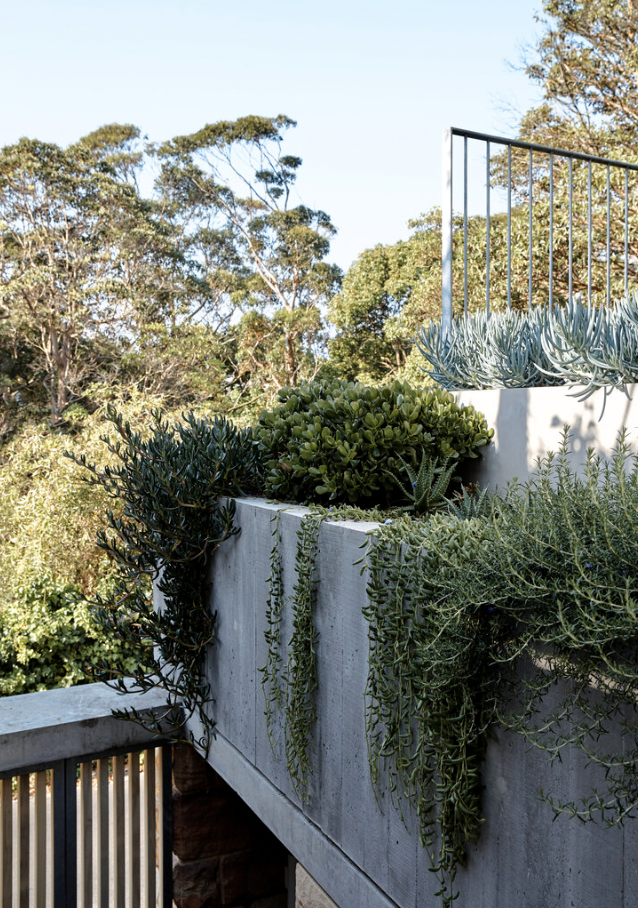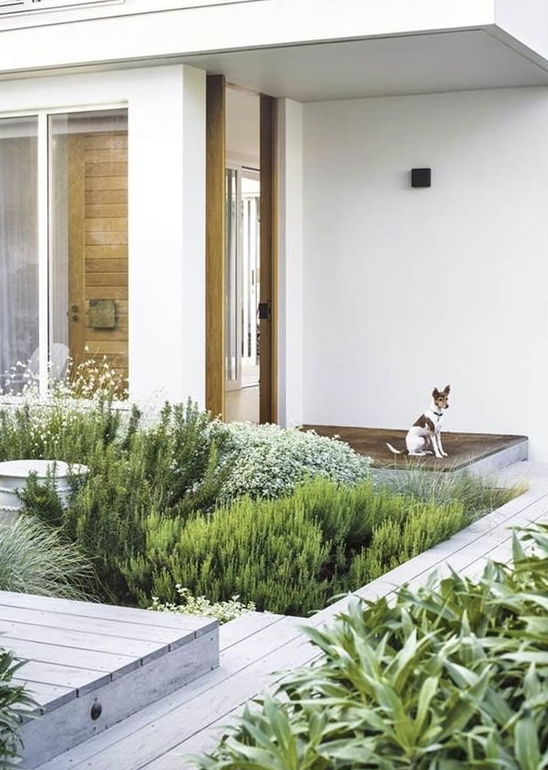Using and Choosing Garden Border Plants
The beauty of a garden lies not only in its flowers and focal points, but also in its borders. Border plants play a crucial role in framing and defining the overall look and feel of a garden. They create a seamless transition between different areas of the garden, add texture and colour, and provide a sense of completion to the landscape. But with so many options available, how do you choose the right border plants for your garden? Here are some tips to help you make the best decision.
Consider the Purpose of Your Border
Before you start selecting border plants, it's important to consider the purpose of your border. Are you looking to create a formal or informal border? Do you want to attract wildlife, provide privacy, or simply enhance the aesthetics of your garden? Understanding the purpose of your border will help you choose the right types of plants that will fulfill your desired outcome. A garden border serves multiple purposes, such as defining the edges of the garden, providing structure, and adding visual interest. Decide on a colour scheme or theme for your border. You can create a harmonious palette by selecting plants with complementary or analogous colours. Plan for year-round interest by selecting plants with different bloom times, foliage colours, and textures. Choose a mix of plants that offer spring, summer, and fall interest to keep your border vibrant throughout the seasons.
Size and Scale
Start by determining the desired height range for your garden border. Consider the overall dimensions of the space and how the border will fit into the surrounding landscape. Taller plants are typically placed towards the back or centre of the border to provide a backdrop or focal point. Medium-height plants work well in the middle, while shorter plants are placed towards the front. Pay attention to the proportions of the plants in relation to each other and to the size of the garden border itself. Avoid overcrowding or sparse plantings that may look unbalanced. Consider the mature size of each plant and ensure they have enough space to grow and spread without becoming crowded. Create depth and interest by layering plants of different heights throughout the border. This adds visual dimension and prevents a flat or monotonous appearance. Gradually decreasing the height from the back to the front of the border creates a pleasing sense of perspective.
Seasonal Interest
Choose plants that offer blooms at different times of the year. This ensures that your garden border will have a continuous display of flowers from early spring to late fall. Select plants that bloom in each season, such as early blooming bulbs like crocuses and daffodils for spring, summer-flowering perennials like coneflowers and daylilies, and fall-blooming asters or sedums. Plant spring-flowering bulbs such as tulips, daffodils, and hyacinths in your garden border. These bulbs can be planted in the fall and offer a burst of colour early in the season, signalling the arrival of spring.
Planting Conditions
Consider the planting conditions of your garden when selecting border plants. Take note of the soil type, sun exposure, and moisture levels in the area where you plan to plant your border. Choose plants that are suitable for the specific conditions of your garden to ensure their success and longevity. For example, if your garden has poor drainage, choose plants that are tolerant of wet soil, such as sedges or iris. If your garden gets a lot of sun, opt for sun-loving plants like lavender or coneflowers. Light Conditions: Assess the amount of sunlight your garden border receives throughout the day. Some areas may be in full sun, receiving six or more hours of direct sunlight, while others may be in partial shade, receiving dappled sunlight or a few hours of direct sun. There may also be sections in full shade, receiving no direct sunlight. Choose plants that are well-suited to the light conditions of your border. Sun-loving plants like roses, lavender, and sunflowers thrive in full sun, while shade-tolerant plants like hostas, ferns, and astilbes are better suited for shady areas.
Colour Palette and Texture
The colour palette and texture of your border plants can greatly impact the overall look and feel of your garden. Choose colours that complement the surrounding plants and structures in your garden and consider how they will change throughout the seasons. Mixing different textures, such as grasses, ferns, and broad-leaved plants, can add depth and interest to your border. Consider incorporating contrasting colours to create visual interest and drama in your garden border. Contrasting colours, such as purple and yellow or orange and blue, create a vibrant and eye-catching display. Use plants with blooms, foliage, or both in contrasting colours to make a bold statement and draw attention to the border. Foliage Colour: Look beyond flower colour and consider the foliage colour of the plants. Foliage can add interest and texture even when the plants are not in bloom. Choose plants with foliage in different shades of green, variegated patterns, or colourful leaves such as burgundy, silver, or gold. Varied foliage colours can provide visual depth and create an attractive backdrop for flowers.
Maintenance Requirements
Watering Needs: Consider the watering needs of the plants you choose. Some plants require regular and consistent moisture, while others are more drought-tolerant and can withstand drier conditions. Group plants with similar watering needs together to make watering more efficient. Consider the availability of irrigation systems or the time and effort required for hand watering when selecting plants with different moisture requirements.
Consider the fertilisation needs of the plants. Some plants require regular feeding with organic or slow-release fertilisers to promote healthy growth and abundant flowering. Others may have lower fertility requirements and can thrive with minimal fertilisation. Determine your willingness to provide regular fertilisation and select plants accordingly.
Native Plants
Choosing native plants for your border can have numerous benefits. Native plants are adapted to the local climate, soil, and wildlife, which can make them more resilient and require less maintenance. They can also provide habitat and food for local wildlife and contribute to the biodiversity of your garden. Research native plants in your area and consider incorporating them into your border to create a sustainable and eco-friendly garden. Using native plants in your garden border is a great way to create a sustainable and ecologically beneficial landscape. Native plants are species that naturally occur in a specific region or ecosystem. Native plants are well-suited to the local climate, soil types, and environmental conditions. They have evolved and adapted over time to thrive in specific regions. As a result, they often require less maintenance, water, and fertiliser compared to non-native species. By using native plants in your garden border, you can create a landscape that is in harmony with the surrounding ecosystem.
Don't be afraid to experiment and personalise your border with unique and interesting plants. The beauty of gardening is that it's an art form that allows you to express your creativity and personality. Choose plants that resonate with you and your vision for your garden and have fun with the process of creating a border that reflects your style and taste.




